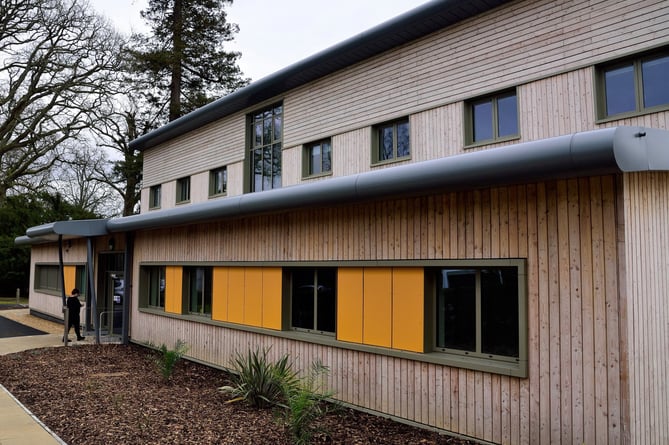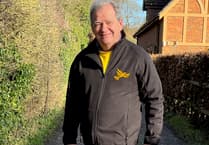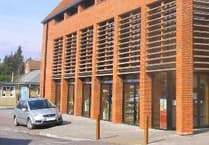There was a flurry of activity at Defra at the start of this month to coincide with National Tree week. The headline grabber was the announcement of a £10 million competition for a new National Forest and the unveiling of two new forests in Derbyshire and the Tees Valley.
What caught my eye though was the £16 million funding pot for Forest Research, which includes the state-of-the-art laboratory at Alice Holt. This is fantastic news for the Holt Laboratory and a recognition of the significant progress made by its team of scientists since it opened last May.
The Woodland Trust estimates a third of our woodland species are in decline. Diseases such as ash dieback could claim millions of the UK’s ash trees. Acute oak decline could have a similar effect on our iconic oak trees.
This is why the funding for forest research is so critical.
The laboratory is already undertaking research to identify the pests and diseases that threaten our woodlands. This includes building a better understanding of how a widespread disease outbreak amongst the tree population might be prevented.
Scientists are also looking at how to make trees more resilient to the challenges of climate change, including droughts. And it’s not just the trees themselves that face a host of threats from pests, diseases and humans, but also the many ecosystems and habitats that rely on them.
In our own South Downs National Park, 23,000 trees will be planted this winter to improve the treescape and replace those trees lost to disease and pests. This is all part of the excellent ‘Trees for the Downs’ campaign which aims to plant 60,000 trees by the end of the winter.
At a district level, EHDC has a tree strategy in place to enhance and protect all our trees. You may remember a few years ago the council announced 120,000 trees would be planted across the district, one for each resident, as part of their response to the climate emergency.
Our woodland is very much part of our national identity. Countless books, poems and songs have been written about England’s green and pleasant land. I think many of us, myself included, were extremely thankful to have access to woods and parks when the pandemic restricted our daily activities.
There are lots of ways we can all contribute to the health of our trees. Just looking at the leaves and bark of a tree when going for a walk can be a quick way of flagging anything out of the ordinary.
Forest Research runs ‘Tree Alert’ – a website for members of the public to report any sightings of tree pests and disease on the nation’s trees – and there’s advice on the website about the key things to look out for. It’s an important tool for helping those that manage our woodlands keep track of any emerging patterns that could cause the greatest damage to our trees, woods and forests.
This year the Tree Council encouraged us all to ‘Grow a Tree in 23’. Can I suggest that we continue to ‘grow some more in 24’ to bolster our much loved green spaces.
For more information, visit: treealert.forestresearch.gov.uk



